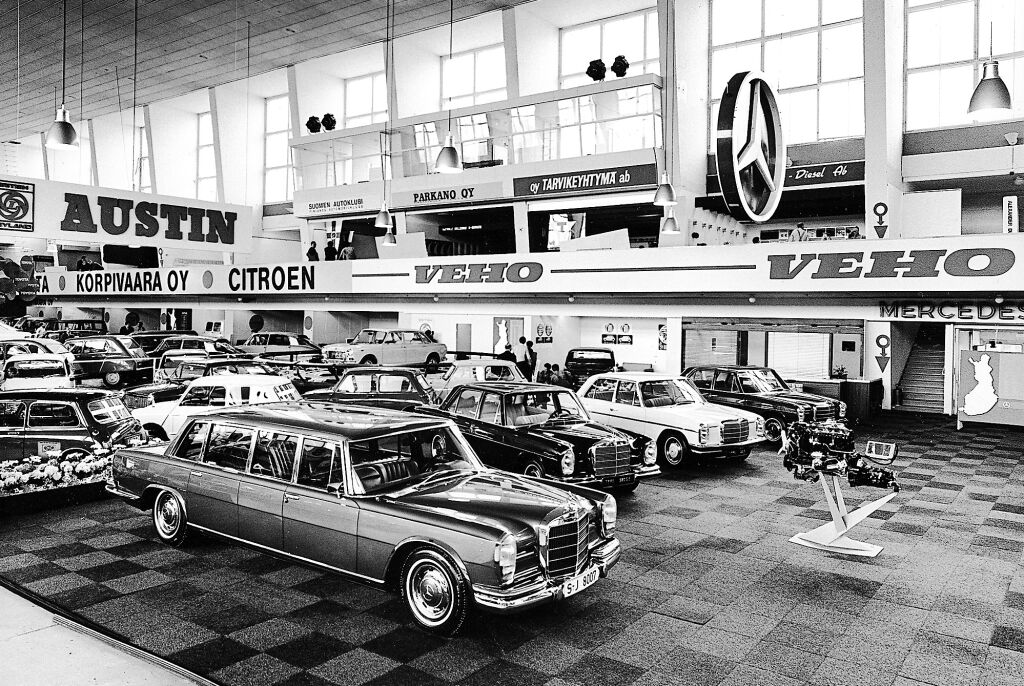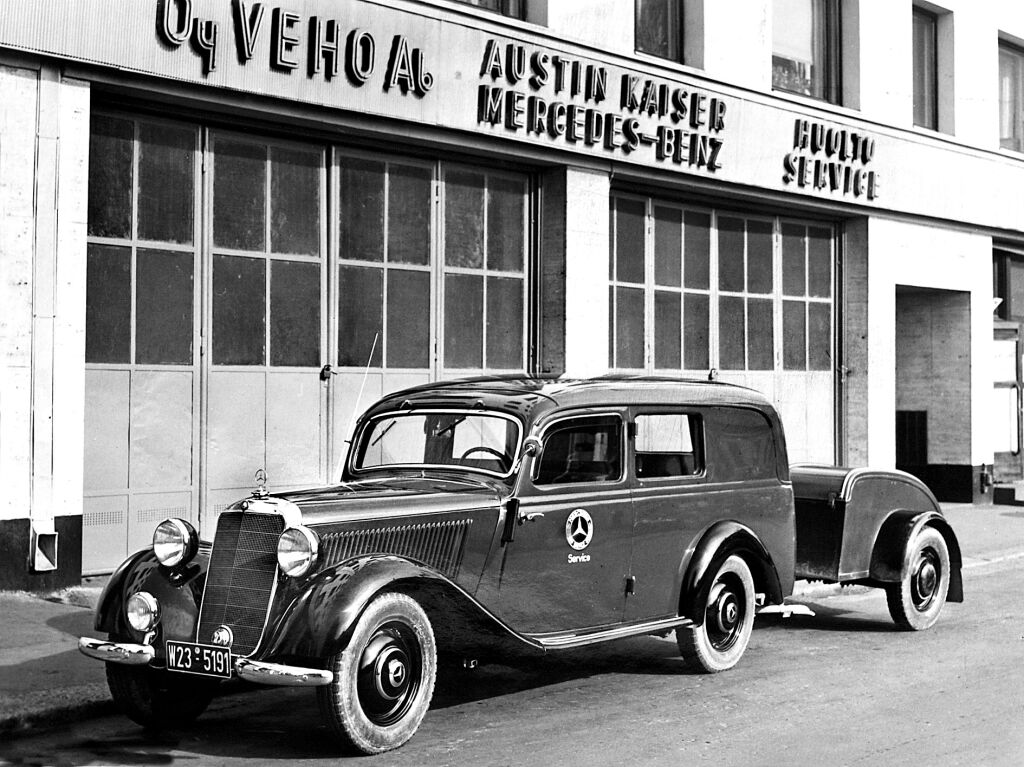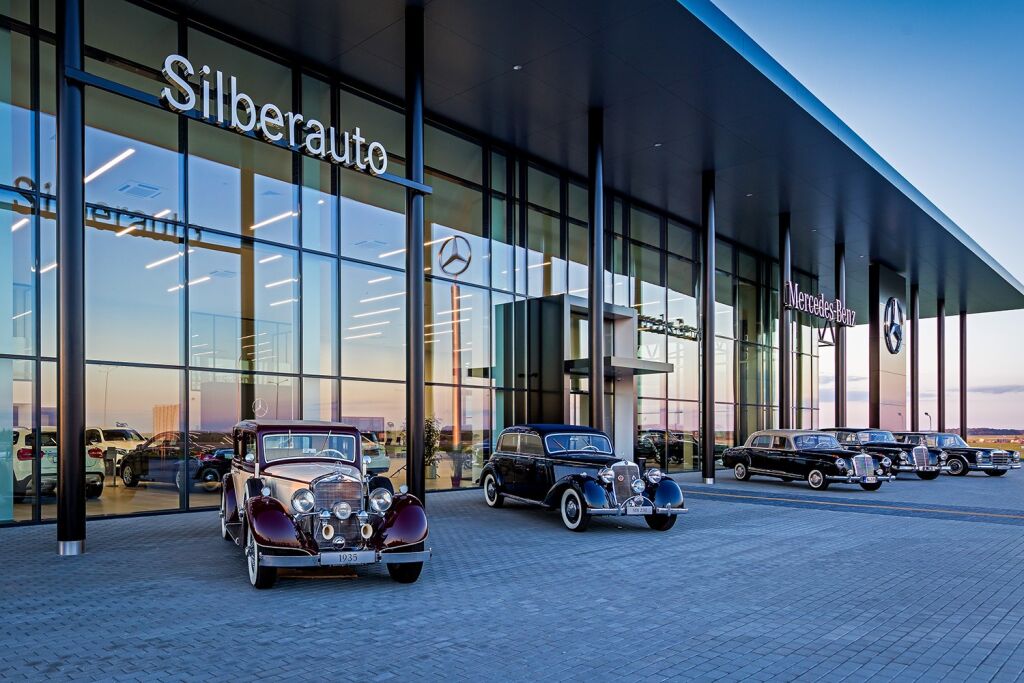The articles of association of the future Oy Veho Ab were drawn up in January 1939. The name Veho was taken from the Latin for 'I transport'. The founding meeting of the company was held at Hotel Kämp on 1 February 1939 and the company was registered in the Trade Register on 16 February 1939.
The founding meeting was attended by bank manager Göran Ehrnrooth, who acted as both chairman and secretary, and Hjalmar Krogius, who had the honour of being the co-signatory of the memorandum of association. Ehrnrooth, Krogius and Rudolf Oeser from Germany each owned one share in the new company.
The early years of Veho
As early as March, the new company signed a contract with Daimler-Benz for the import of the Mercedes-Benz until the end of the year. The contract was confirmed by Daimler-Benz on 5 September 1939.
In 1939, domestic car sales had already recovered from the depression years of the 1930s, but the Finnish car fleet was still modest. A year before the formation of Veho, the total number of passenger cars, lorries, and buses in the country was 27 788, 18 284, and 3 021 respectively. Although the threat of a new war loomed over Europe, Finns' confidence in the future was boosted by the Summer Olympics scheduled to be taken place in Helsinki 1940, and the economic recovery, especially the wood-processing industry in the late 1930s.


